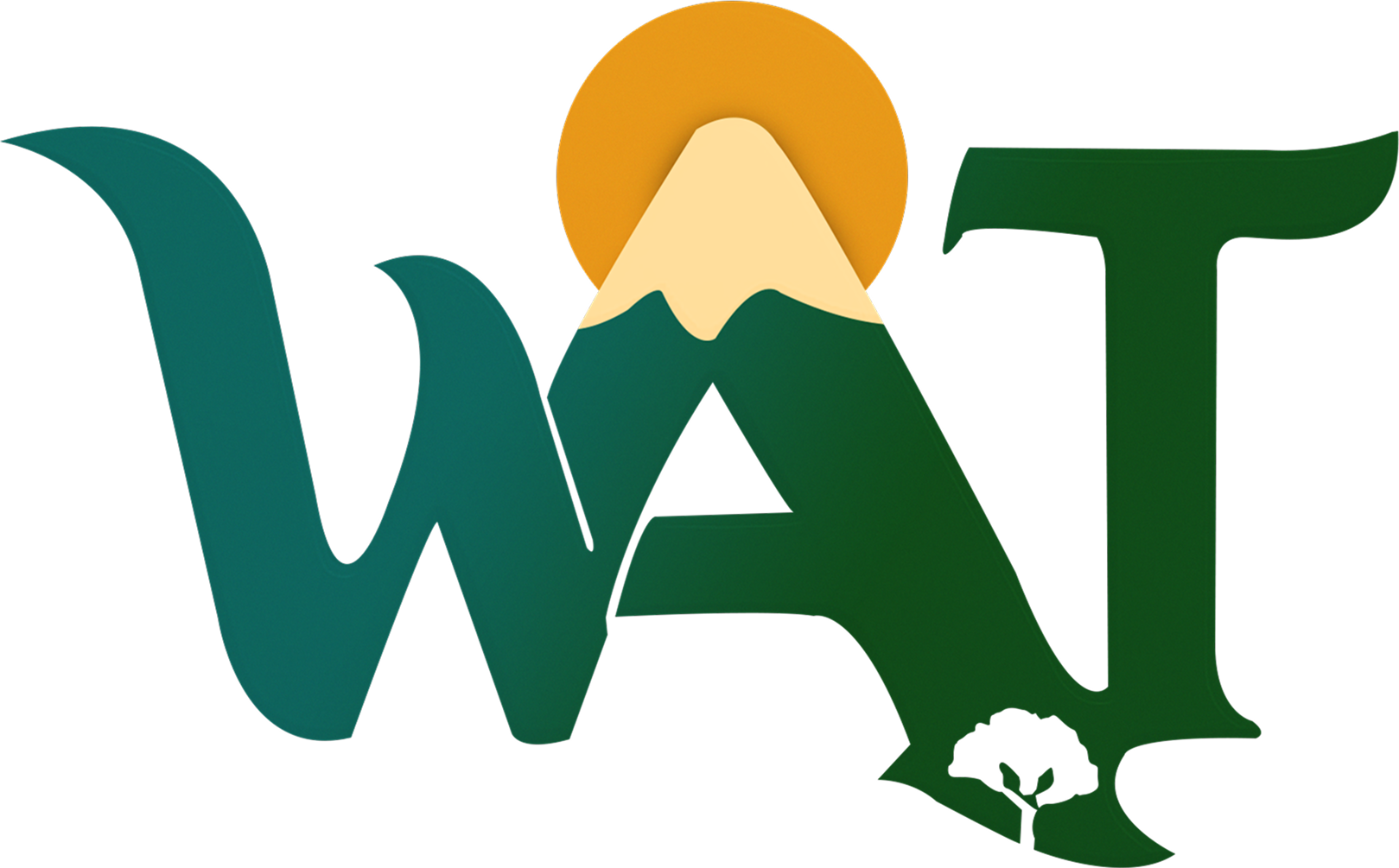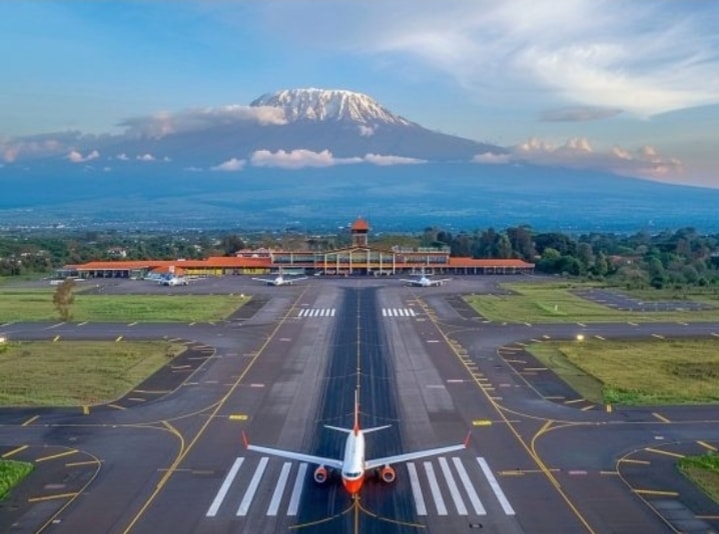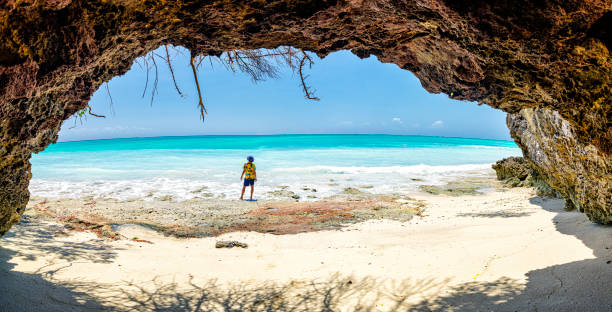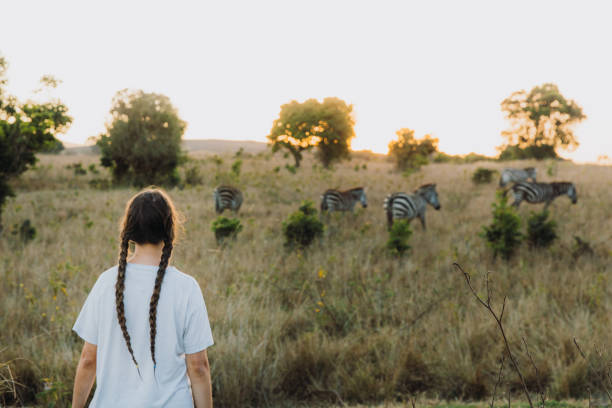Rongai Kilimanjaro Route – 6–7 Days Itinerary, Cost & Success Rate

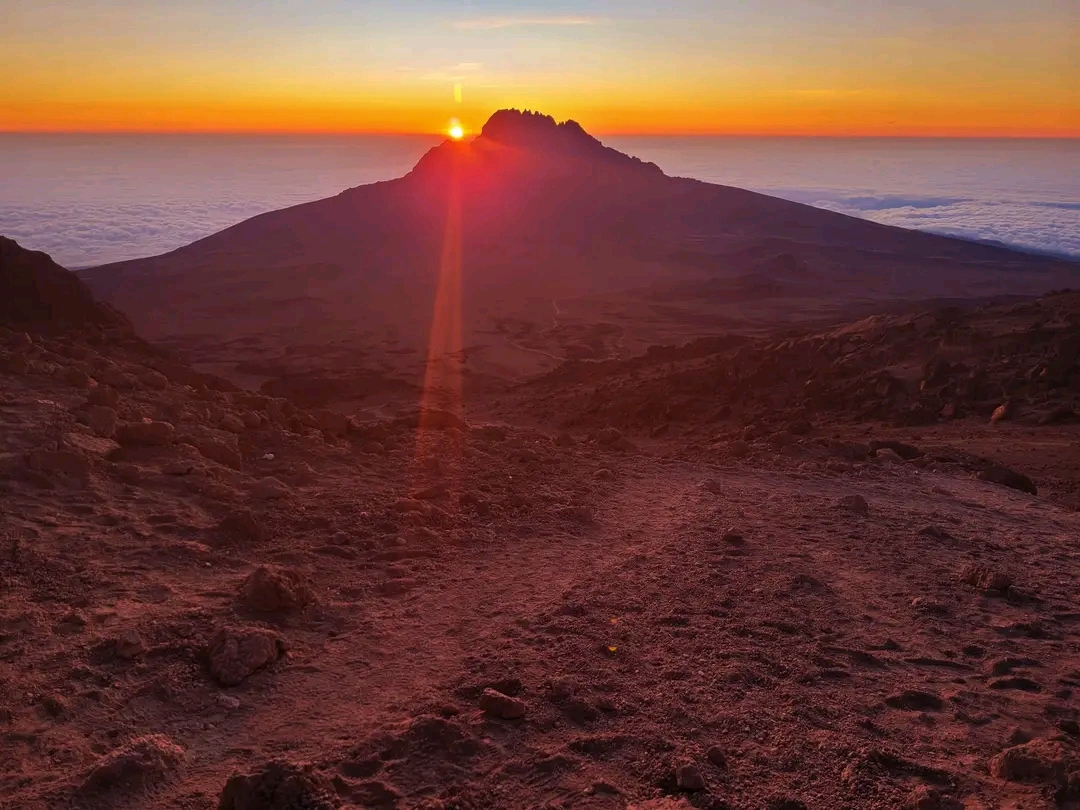
Ascend Africa’s tallest mountain via the Rongai Route, Kilimanjaro’s northern approach.
This route is less traveled and offers fantastic vistas, including sweeping views of Mawenzi Peak and the Kenyan plains. Rongai is often recommended for its relatively gentle slopes and excellent acclimatization profile, yielding high summit rates.
Duration: 6–7 days
Difficulty: Easy–Moderate (gradual ascent)
Success Rate: ~85% on 7-day; ~70% on 6-day
Accommodation: Camping (tents; Horombo Hut on descent)
[Get Your Free Climbing Plan (in 24h)]
Route Overview
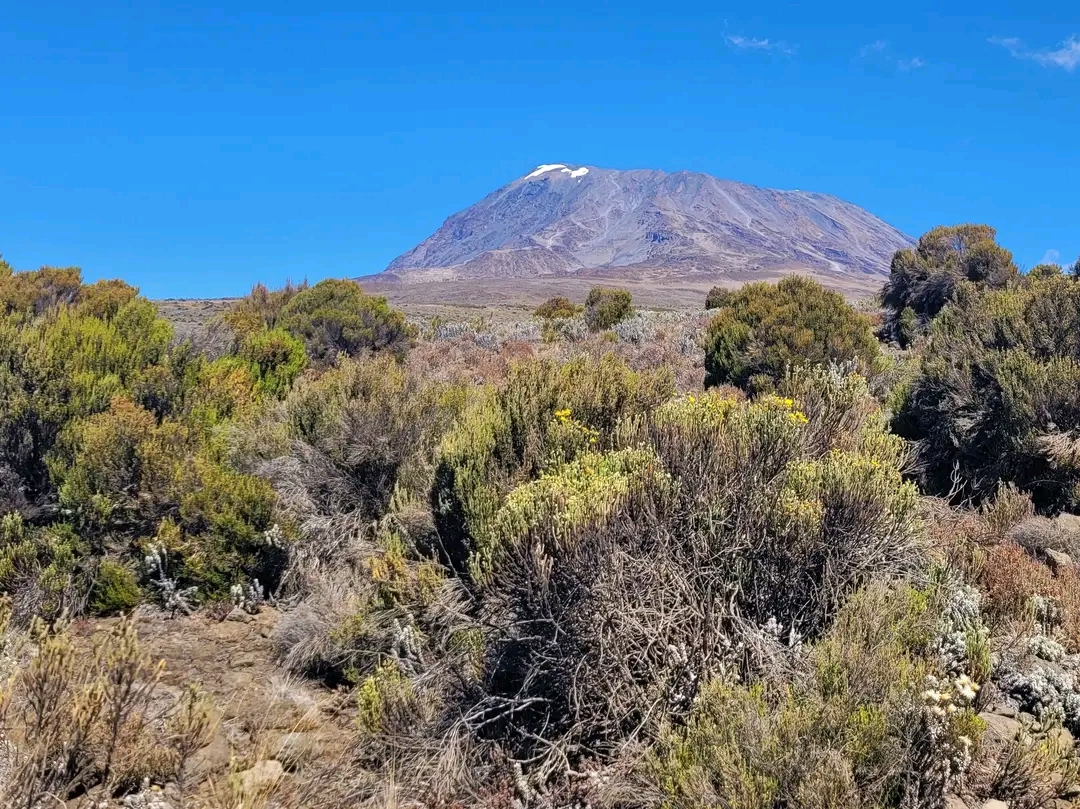
The Rongai Route holds the unique distinction of being the only trail that approaches Kilimanjaro from the north, beginning near the Kenyan border. This exclusive starting point dictates much of its character: it is a path of solitude, scenic grandeur, and a more gradual, forgiving profile.
The journey up Kibo’s flank is a quiet one, culminating in a descent via the popular Marangu Route on the southern side. This "traverse" allows climbers the rare opportunity to experience two distinct faces of the mountain, from the drier, rugged north to the lush rainforests of the south.
Rongai is significantly less crowded than the southern routes, offering a genuine "wilderness" trekking experience.
While the transfer to the trailhead is longer, climbers are rewarded with a calm atmosphere, gentle gradients, and a sense of being truly alone with the mountain. It has earned a reputation as one of the best routes for those who are new to high-altitude trekking.
Is Rongai Right for You?
Choosing a route is about matching the mountain's character to your personal trekking style and goals. Rongai’s unique attributes make it a perfect fit for a specific type of climber.
Best for: Beginners or trekkers who are apprehensive about very steep inclines will find Rongai’s steady, manageable gradient to be a significant advantage. It avoids major technical challenges like the Barranco Wall, making for a less strenuous physical climb.
Ideal if: You are seeking quiet and solitude on your journey. With far fewer trekkers than on the bustling Machame or Marangu trails, Rongai offers an intimate and contemplative experience, where you can feel fully immersed in the vastness of the landscape.
Not ideal if: Your heart is set on the iconic, dense rainforests typical of Kilimanjaro's southern slopes; the northern side is significantly drier and features more montane forest and moorland. The long drive to the remote trailhead also means it may not be suitable if you have very limited time.
Alternatives: If you want more rainforest scenery and don't mind the crowds, the Machame route offers a classic southern approach. For those seeking the ultimate long-form expedition with maximum acclimatization and solitude, the Northern Circuit is an excellent, albeit longer, choice.
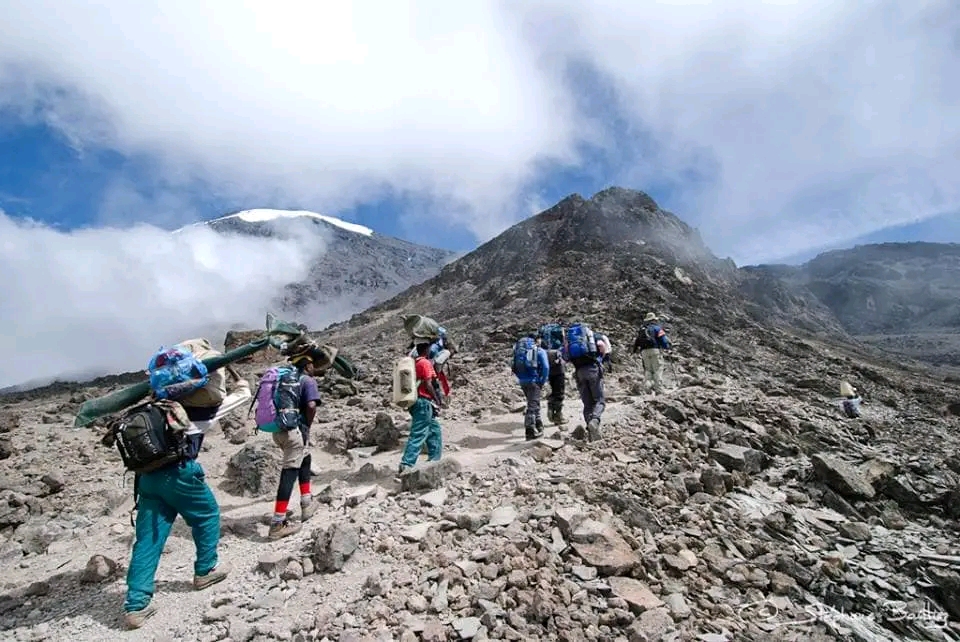
Rongai 6 or 7 Days – Which to Choose?
The decision between a 6 or 7-day Rongai trek is a critical one, with a direct impact on your acclimatization and chance of success.
6-Day Rongai: This is the faster and slightly more economical option. It follows a good climb profile and is suitable for trekkers who are confident in their fitness and have previous high-altitude experience. However, it offers less time for your body to acclimatize to the thinning air, which is reflected in a lower success rate of around 70%. The summit day is also typically longer and more demanding.
7-Day Rongai: This is the highly recommended itinerary, especially for first-time trekkers or anyone who wants to maximize their enjoyment and chances of reaching the summit. The extra day is strategically used for acclimatization, often with a shorter hike and a night spent at the spectacular Mawenzi Tarn Hut. This addition significantly increases the summit success rate to approximately 85% and makes the entire journey more comfortable and manageable.
Rongai Itinerary (Day by Day)
This itinerary outlines the recommended 7-day trek. The 6-day version typically consolidates or skips one of the intermediate camps, such as Kikelewa Camp.
Day 1: Rongai Gate (1,950m) → Simba Camp (2,830m)
Trekking Time: ~4 hours, 8 km
The adventure begins with a drive north from your hotel, passing through local villages and farmland to reach the remote Rongai Gate. After completing park formalities, your trek starts with a gentle walk through a beautiful montane forest, where you might spot colobus monkeys. The trail is less steep than on the southern routes, allowing for a relaxed first day as you make your way to Simba Camp, on the edge of the moorland zone.
Day 2: Simba Camp (2,830m) → Second Cave (3,450m)
Trekking Time: ~3–4 hours, 6 km
Today’s trek is a steady ascent through the heather-covered moorland. The trees of the forest give way to expansive, open landscapes. You will enjoy fantastic views of the Kenyan plains to the north and the jagged peaks of Mawenzi ahead. It is a relatively short hiking day, which aids in acclimatization, arriving at Second Cave Camp with ample time to rest and explore the area.
Day 3: Second Cave (3,450m) → Kikelewa Camp (3,600m)
Trekking Time: ~3–4 hours, 6 km
You continue your trek east, diverging from the main trail onto a smaller path. The path leads you through the moorland and into the semi-alpine desert zone. The vegetation becomes more sparse and rugged, with giant groundsels dotting the landscape. The views begin to open up dramatically as you ascend towards Kikelewa Camp, which is situated in a sheltered valley.
Day 4: Kikelewa Camp (3,600m) → Mawenzi Tarn Hut (4,330m)
Trekking Time: ~4 hours, 9 km
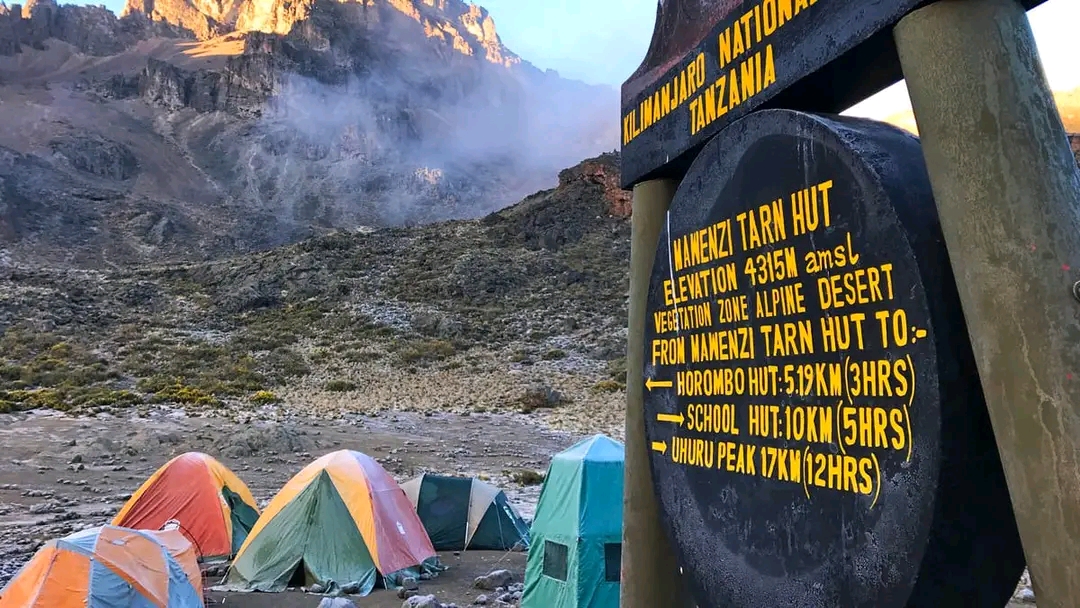
This day involves a short but steep climb, which is excellent for acclimatization. You will ascend to Mawenzi Tarn Hut, a spectacular campsite nestled in a cirque directly beneath the towering, jagged spires of Mawenzi Peak. The dramatic setting of this camp is a major highlight of the Rongai route, offering unparalleled photo opportunities and a palpable sense of the mountain's raw power.
Day 5: Mawenzi Tarn Hut (4,330m) → Kibo Hut (4,700m)
Trekking Time: ~3–4 hours, 6 km
After breakfast, you will spend the morning exploring the area around Mawenzi Tarn for further acclimatization. Afterwards, you will traverse the stark and lunar-like saddle that connects Mawenzi to the main peak of Kibo. This is a relatively easy walk across the alpine desert, allowing you to conserve energy. You will arrive at Kibo Hut, the final camp before your summit attempt, in the afternoon for rest and an early dinner.
Day 6: Summit Day: Kibo Hut (4,700m) → Uhuru Peak (5,895m) → Horombo Hut (3,720m)
Trekking Time: 11–14 hours
Your summit attempt begins in the darkness, shortly after midnight. The climb is a steep and slow trek up a zigzagging path on loose volcanic scree. This is the most challenging part of the journey, both physically and mentally. After several hours, you will reach Gilman’s Point (5,685m) on the crater rim as the first rays of dawn appear. From there, it’s a final 1-2 hour traverse along the crater’s edge to Uhuru Peak (5,895m), the true summit of Kilimanjaro. After celebrating your incredible achievement, you will begin the long descent, passing back through Kibo Hut and continuing down to Horombo Hut on the Marangu trail.
Day 7: Horombo Hut (3,720m) → Marangu Gate (1,860m)
Trekking Time: ~4 hours
Your final day on the mountain is a pleasant descent to the Marangu Gate. You will pass through the lush, misty rainforest, a stark and beautiful contrast to the arid landscapes of your ascent. At the gate, you will sign out, receive your summit certificates, and celebrate with your dedicated crew before being transferred back to your hotel for a well-deserved rest.
(Route map graphic to be inserted here.)
Highlights of the Rongai Route
Northern Wilderness: With significantly fewer trekkers, you will often feel like you have the entire northern flank of the mountain to yourself, offering a profound sense of solitude and peace.
Views of Mawenzi: The 7-day itinerary includes a spectacular night camping directly beneath the dramatic, serrated peaks of Mawenzi, Kilimanjaro's second-highest volcano.
Unique Flora and Fauna: The northern slopes are home to unique alpine flora, including giant groundsels and lobelias. The route's proximity to Kenya’s Amboseli National Park also offers a slim possibility of spotting larger wildlife like zebra or eland on the lower plains.
Mountain Traverse: Ascending from the north and descending to the south allows you to experience the full spectrum of Kilimanjaro's diverse ecosystems and landscapes.
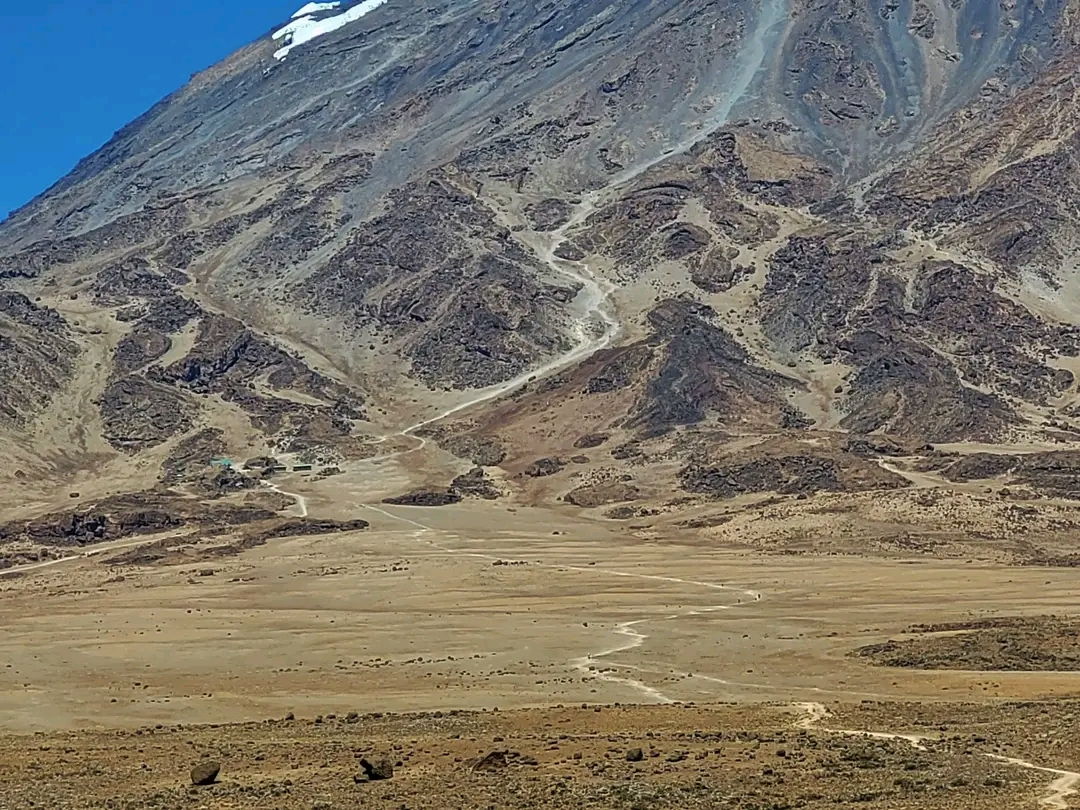
Pros & Cons of the Rongai Route
Pros:
A gentle, steady ascent with a gradual gradient makes it one of the easier routes.
A very quiet and uncrowded trail, with an estimated ten times fewer trekkers than Machame.
High summit success rate, particularly on the recommended 7-day itinerary.
Beautiful and unique views of Mawenzi and the vast plains towards Kenya.
Cons:
Longer travel time is required to reach the remote northern trailhead.
The landscape is drier, with less of the lush rainforest cover found on southern routes.
It is a camping-based route, though the final descent night may be in the shared huts at Horombo.
Fewer itinerary options, being almost exclusively offered as a 6 or 7-day trek.
Practical Information for Rongai
Total Duration: 6 or 7 days on the mountain, plus travel days.
Difficulty: Easy to moderate, characterized by a gentle incline with no technical rock scrambling, making it suitable for beginners with good overall fitness.
Best Months: The dry seasons of June to October and January to March are ideal. The northern side can be colder and windier, especially at night, so packing warm gear is essential.
Camping: Trekkers sleep in tents for most nights. The final night of the descent is often at Horombo Hut, which has shared A-frame dormitories.
Travel: Be prepared for a longer transfer of a few extra hours to reach the Rongai Gate on the north side of the park.
Group Size: Groups are typically small, usually between 4 and 10 climbers.
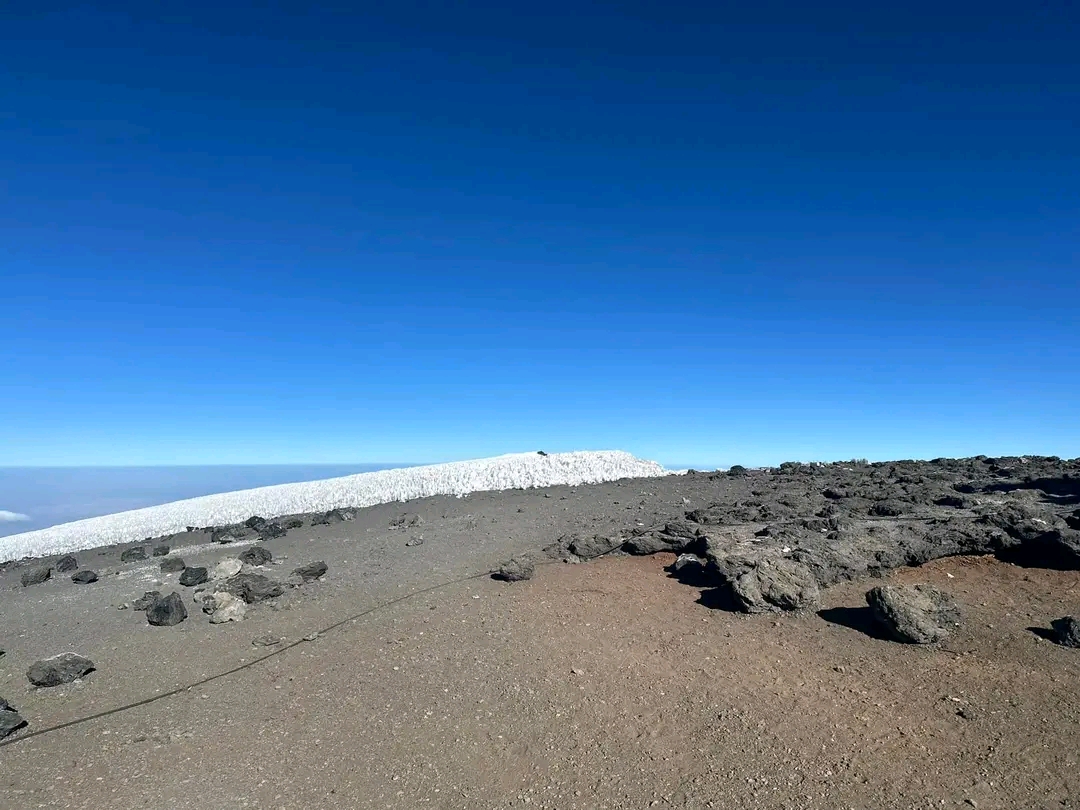
Rongai Price & Inclusions
From: ~$2,200+ per person (for a 7-day climb)
Includes: All park fees, camping and hut fees, rescue fees, professional guides, porters, and a cook, all meals on the mountain, and ground transfers between your hotel and the park gates.
Excludes: International flights, Tanzanian visa, tips for the mountain crew, personal gear rental (sleeping bag, poles, etc.), travel and medical insurance.
[Request a Free Quote to book Rongai]
Compare the Rongai Route With Other Kilimanjaro Routes
For more rainforest scenery: The Machame or Lemosho routes on the south side offer a more lush, forested experience.
For hut accommodation: The Marangu Route is the only trail that offers hut accommodation for the entire trek.
For the highest success rates: Longer routes like the 8-day Lemosho or 9-day Northern Circuit offer the best acclimatization and highest summit statistics.
[See our route overview page for a full comparison.]
Rongai FAQ
Is Rongai easier than Machame?
Generally, yes. The trail on Rongai is more gradual and climbs at a slower, steadier pace. Machame has steeper sections and includes the Barranco Wall, which involves a non-technical scramble.
What is the success rate of the Rongai route?
The success rate is approximately 85% on a 7-day itinerary and drops to around 70% on the 6-day version. For this reason, the 7-day trek is highly recommended for all climbers.
How crowded is the Rongai route?
It is one of the quietest routes on Kilimanjaro. You will encounter far fewer climbers here, with traffic estimated to be about one-tenth of that on the popular Machame route.
What is the best time to climb the Rongai route?
The standard dry seasons from July to September and January to March are best. Note that because the northern side is drier and more exposed, nights can be particularly chilly, so pack warm layers.
Is any unique gear needed for the Rongai route?
Standard high-altitude trekking gear is sufficient. No special technical equipment is required, as the trail does not involve any rock climbing or scrambling. A very warm sleeping bag and layers are crucial.
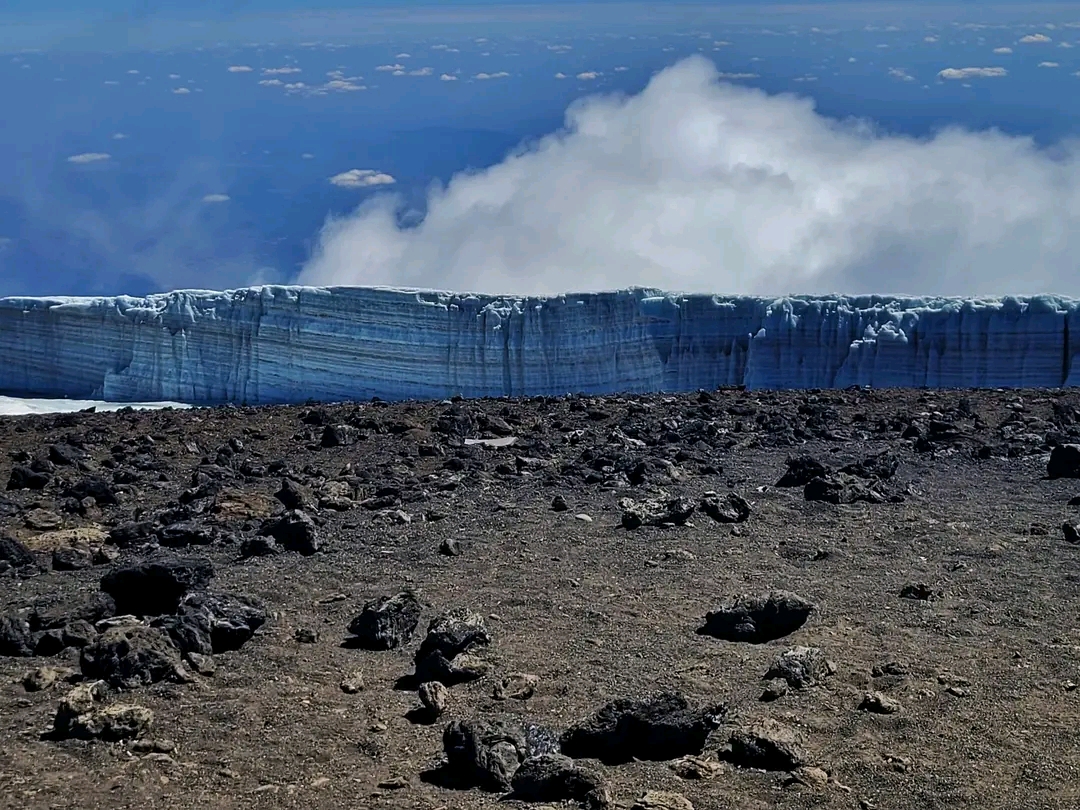
Trust & Testimonials
“The Rongai Route was so peaceful and beautiful. We went hours without seeing another group. Camping directly under Mawenzi was a highlight I'll never forget. Our guides were fantastic, their pacing was perfect, and we all summited feeling strong and confident.”
– Sofia, Sweden
“As a first-time high-altitude trekker, I was nervous, but Rongai was the perfect choice. The gradual incline made the daily hikes feel very manageable, and I never felt overly exhausted. The 7-day trip gave my body the time it needed to adjust. I'm so proud to have reached the top, and I credit this route’s gentle nature for my success.”
– David, Canada
“We chose Rongai because we wanted to see both sides of the mountain, and it was incredible. Going up the quiet, rugged north and coming down the busy, green south was like two different adventures in one. The sense of wilderness on the first few days was exactly what we were looking for. An amazing experience.”
– Chloe and Friends, Australia
A Serene Path to the Summit
Looking for a quiet Kilimanjaro climb with stunning northern views and an excellent chance of success? The Rongai Route delivers an experience of serenity, unique beauty, and profound accomplishment. Contact us to start planning your trek on this remarkable path to the roof of Africa.
[Book the Rongai Route Now] | [WhatsApp Chat with a Kilimanjaro Expert]
